
5 Best Practices to Master Decentralized SaaS Governance
Table of Contents ToggleConsequences of Decentralized Software PurchasingPutting A Strategic Focus...
Back
Back
Search for Keywords...
Blog

Table of Contents
In recent years, organizations that have embraced SaaS Management have witnessed a significant transformation in how software is purchased. By strategically reducing acquisitions through expense channels, these companies are effectively eradicating shadow IT from their operations.
The latest figures are telling. Now, one in fifteen employees (6.6%) expense SaaS applications, marking a staggering 73.6% decrease over the past four years. With this decrease in employee expense purchases, spending has also gone down — from 6% of total SaaS spend in 2019 to 1% in 2024.
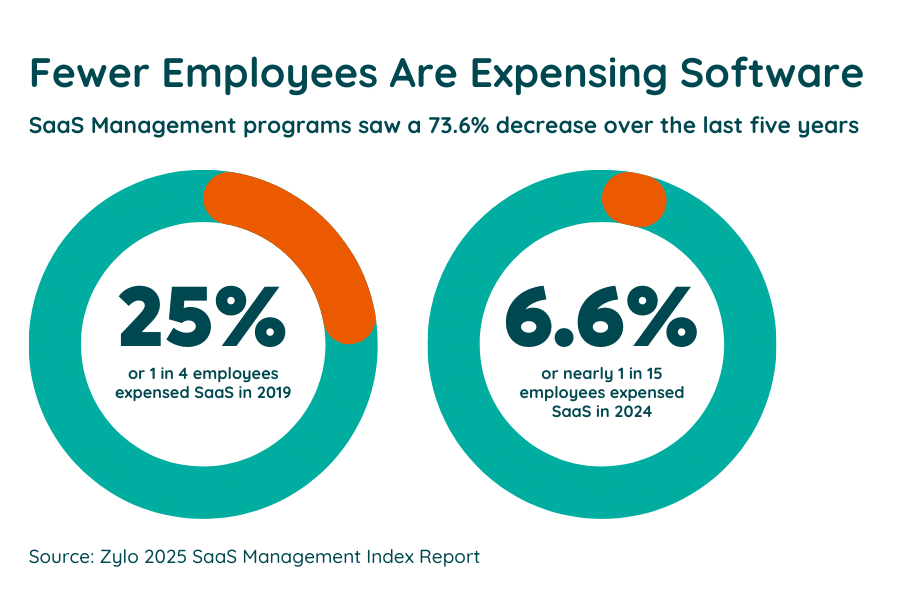
But what spurred the rampant growth of shadow IT?
The primary culprit: decentralized purchasing by employees who circumvent official company policies. Lines of business and individual employees buy a whopping 84% of applications and 74% of SaaS spending. This rogue procurement often stems from a lack of centralized control and visibility over software acquisitions, driving employees to make independent decisions about their software needs.
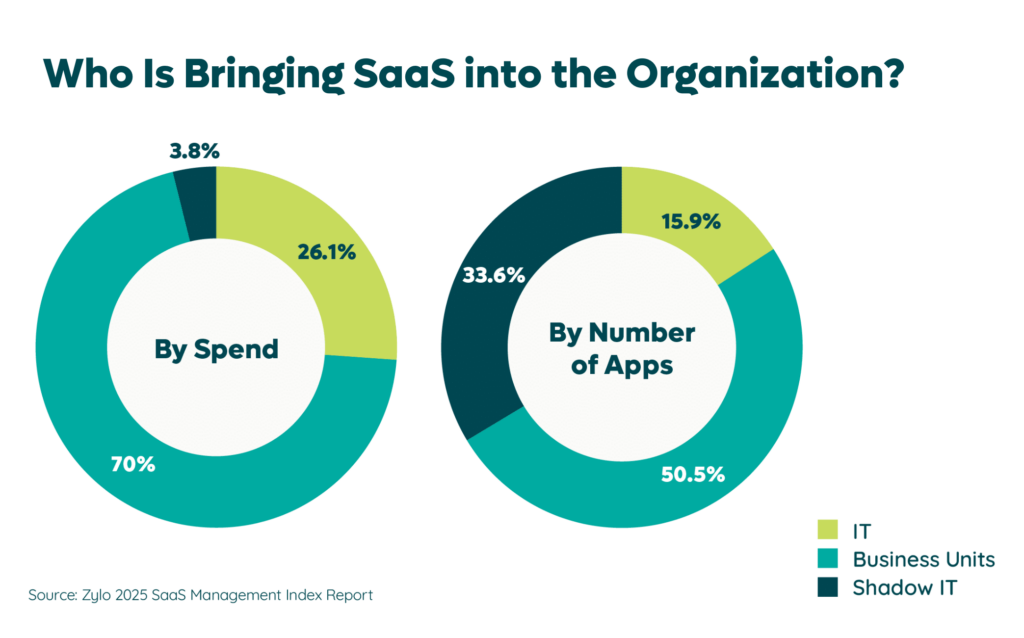
When employees decide to expense software, they’re not doing it out of malice. They need a tool to do their jobs better, and they don’t know if the company provides one that works. So when they find one that delivers, they whip out the company card. Yet despite their innocence in the matter, several problematic outcomes ensue:
Ali Najeed, Principal Business System Analyst at Intuit, summarizes the challenge succinctly: “As time goes on, the lack of visibility for business units creates an environment where optimization and license management becomes a challenge.”
This statement reflects a widespread acknowledgment among IT and Software Asset Management (SAM) leaders of the issues posed by shadow IT. Our 2024 SaaS Management Index reveals that 67% of surveyed leaders view the practice of employees purchasing software on their expense cards, outside of company policy, as a major challenge.
In response, many organizations are now targeting shadow IT not just as a compliance or security issue, but as a strategic avenue to curtail unnecessary SaaS spending. By understanding the origins and implications of shadow IT, companies can better implement strategies to control it, turning a pervasive challenge into an opportunity for improved governance and cost savings.
The marked decline in employees expensing software is not coincidental. Rather, companies are being intentional about addressing shadow IT. They are implementing strategies to govern SaaS purchasing across the business and enforcing those policies. To do this effectively, it starts with gaining comprehensive visibility into all applications and spending.
Organizations like AbbVie and Adobe have become proactive in establishing robust SaaS governance frameworks to ensure compliance with company policies and reduce shadow IT. These policies and procedures are meant to:
Evolving Your SaaS Governance Framework for the Digital Workplace
Learn MoreMany companies are transitioning to a “Freedom within a Framework” policy, which balances employee tool autonomy with necessary controls. The benefit of this method is that employees can make informed decisions within predefined guidelines, fostering a responsible purchasing environment.
Renee Turco, Technology Asset Manager at AbbVie, highlights the effectiveness of these educational initiatives.
“Folks weren’t expensing software maliciously. They just didn’t know where to go for centralized purchasing of software,” said Turco. “We’ve educated our user community, and by doing that, we’ve reduced expense spend by 47%.”
AbbVie’s significant reduction of shadow IT demonstrates how education and clear communication with employees can help enforce SaaS governance. By following a flexible format, you can reduce expense spend and set a new standard in software management.
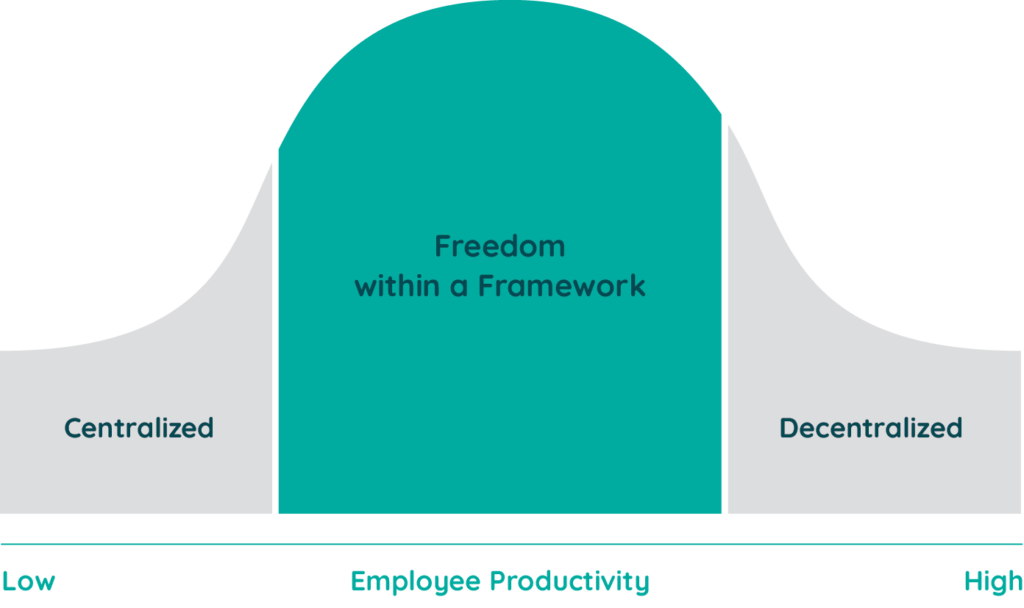
While robust governance helps prevent unauthorized software expenses, optimization is key to reducing existing ones. This dual approach limits future expenses and addresses inefficiencies in current software spending.
The foundational step in effective SaaS Management is gaining a comprehensive view of all software applications and expenditures. On average, organizations spend $45M annually on software, with 3% of this total—equivalent to $1.35M—from expensed purchases. A significant portion of these (about 51%) is often miscategorized in expense reports, so they can easily evade detection during manual reviews.
While many organizations still use spreadsheets or legacy SAM tools to track SaaS apps and spending, they don’t work for SaaS. That’s because they lack the ability to discover unknown software.
The best tool to gain this visibility is a SaaS Management platform (SMP). An SMP excels at comprehensive and continuous discovery and categorization. To truly uncover the unknown software – or shadow IT – in your environment, financial discovery is essential. Because, as we mentioned, software hides in expense reports, and you’re not going to easily uncover those applications manually at scale and with certainty.
“To date, less than 1% of our total SaaS spend is being expensed, which is awesome compared to where we were before we had this visibility available to us.”
– Ali Najeed, Principal Business System Analyst at Intuit
To better control software expense spending, it’s important to analyze SaaS data so you can identify purchasing inefficiencies, software redundancies, and potential security and compliance risks. Begin by asking yourself these questions:
Once you’ve answered these questions and understand your software expense landscape, you can take action. If you want to reduce spending, this data can help you make more informed decisions about where to cut or consolidate. Likewise, it can help you understand where you can improve policies or operational efficiency. Ultimately, the goal is to cut costs while streamlining software management so every application brings value to the business.
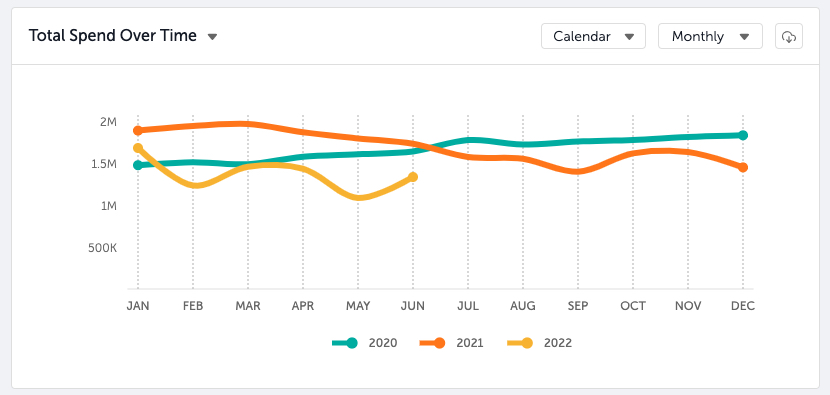
One of the most straightforward opportunities is consolidating duplicate subscriptions. Review the list of all software currently being expensed and find applications for which an enterprise agreement already exists. By consolidating these purchases under the existing contract, you can leverage volume discounts and reduce the total number of transactions, lowering administrative overhead.
Upon reviewing your inventory, it’s common to find SaaS applications that are no longer in use or have become redundant with other similar tools. Canceling unused subscriptions is a quick way to cut costs. While rationalizing redundant apps also cuts cost and prevents wastage, it’s a longer-term and more intensive strategy. Whether an unused or redundant app, be sure to involve app owners and communicate any changes with users.
By identifying and acting upon these cost optimization goes a long way in reducing expense spending. By standardizing tools across departments, enhancing employee training and awareness, and regularly monitoring and reviewing your SaaS can also keep it at bay.
Effective SaaS spend management isn’t done in spreadsheets. It requires a SaaS Management platform that enables you to:
Want to help your organization achieve a more strategic approach to software spending? Our technology supports better financial management, enhances operational efficiencies, reduces risks, and ensures compliance with internal policies.
Having a robust management platform is indispensable for managing your SaaS costs. Ready to gain visibility into your SaaS inventory? Contact Zylo today!

Table of Contents ToggleConsequences of Decentralized Software PurchasingPutting A Strategic Focus...
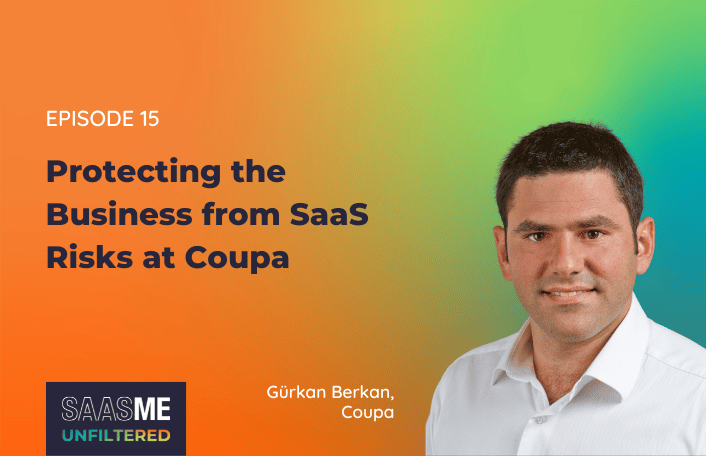
Table of Contents ToggleEpisode SummaryGuest SpotlightEpisode HighlightsA Lack of Visibility Into...

Table of Contents ToggleEmployee-Led SaaS Purchases Are Both a Source of...

Table of Contents ToggleConsequences of Decentralized Software PurchasingPutting A Strategic Focus...
| Cookie | Duration | Description |
|---|---|---|
| cookielawinfo-checkbox-analytics | 11 months | This cookie is set by GDPR Cookie Consent plugin. The cookie is used to store the user consent for the cookies in the category "Analytics". |
| cookielawinfo-checkbox-functional | 11 months | The cookie is set by GDPR cookie consent to record the user consent for the cookies in the category "Functional". |
| cookielawinfo-checkbox-necessary | 11 months | This cookie is set by GDPR Cookie Consent plugin. The cookies is used to store the user consent for the cookies in the category "Necessary". |
| cookielawinfo-checkbox-others | 11 months | This cookie is set by GDPR Cookie Consent plugin. The cookie is used to store the user consent for the cookies in the category "Other. |
| cookielawinfo-checkbox-performance | 11 months | This cookie is set by GDPR Cookie Consent plugin. The cookie is used to store the user consent for the cookies in the category "Performance". |
| viewed_cookie_policy | 11 months | The cookie is set by the GDPR Cookie Consent plugin and is used to store whether or not user has consented to the use of cookies. It does not store any personal data. |
